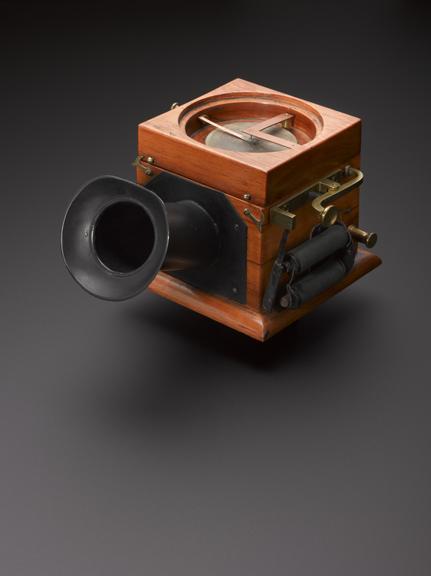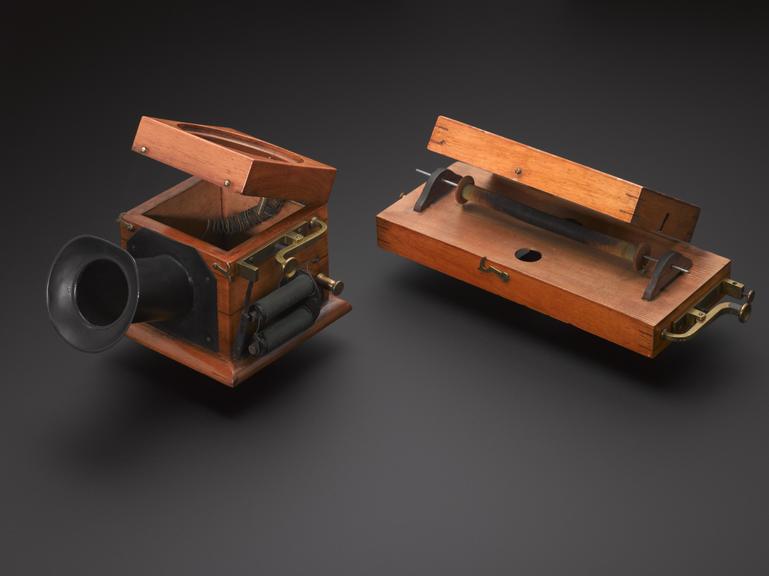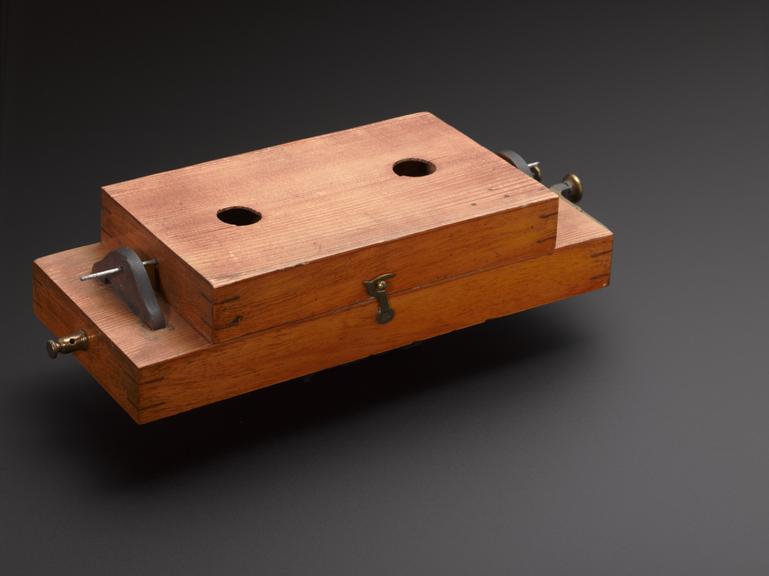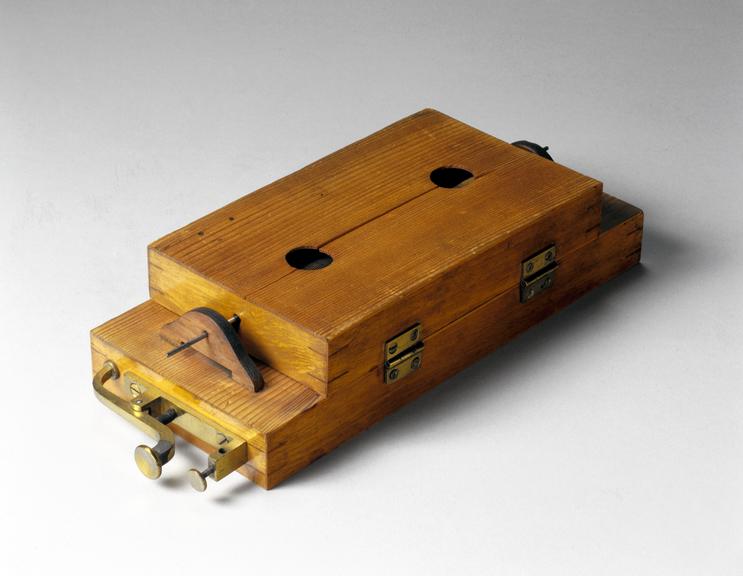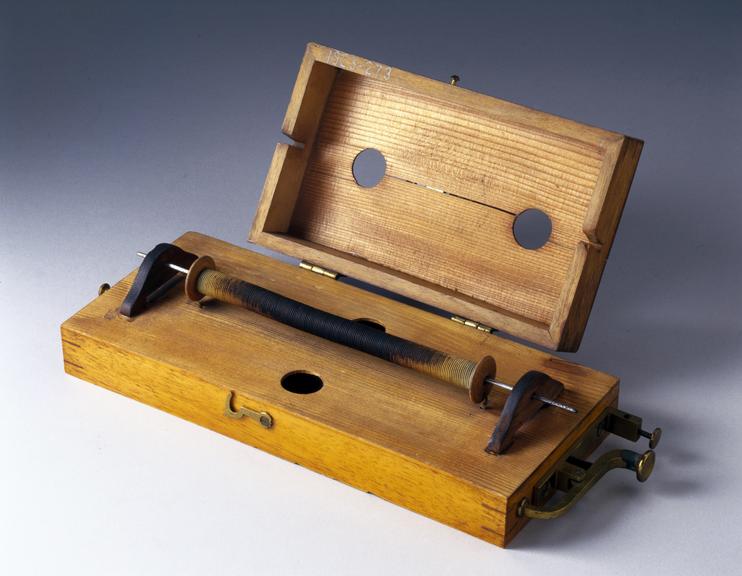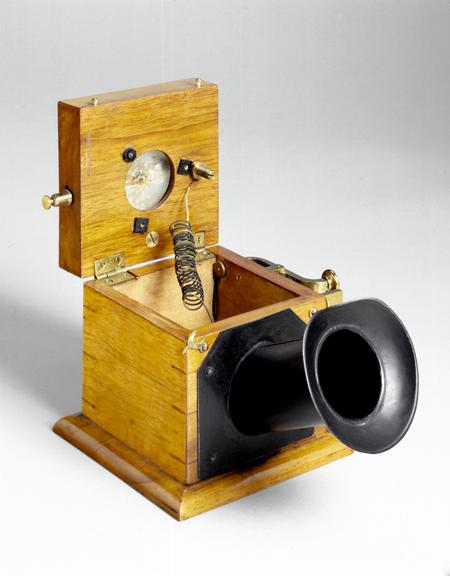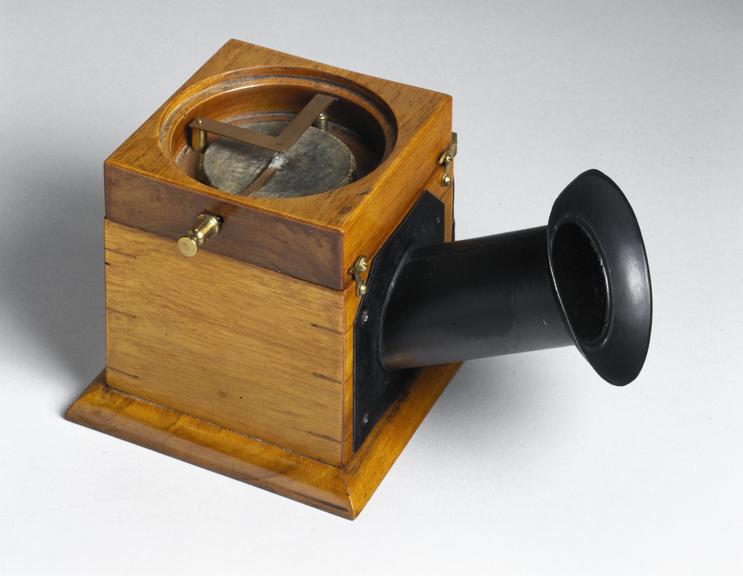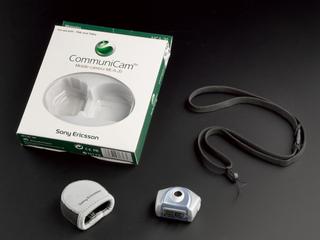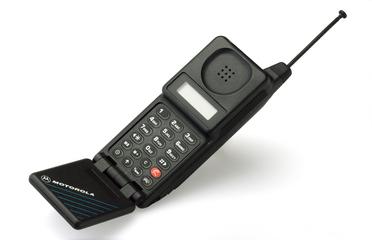Reis telephone transmitter, 1863
Reis telephone transmitter, made by J W Arnold, Frankfurt, Germany, 1863.
More
This object represents the final form of the several designs of 'telephon' apparatus designed by Philipp Reis (1834-1874) between 1860 and 1863, and made for him by the precision engineers J W Albert. The transmitter used a membrane with a loose microphonic contact arranged between platinum points in the centre - the sound waves caused the membrane to vibrate, and this movement varied the electrical current that passed through the metal contacts. These were of the 'make and break' type and could not transmit true 'undulatory' current except when out of adjustment. Reports from the time prove that Reis succeeded in transmitting fragments of speech and musical tones, but the apparatus he designed was too inefficient for practical use without further development, which Reis didn't undertake.
- Measurements:
-
overall: 100 mm x 135 mm x 190 mm, .5 kg
- Materials:
- wood (unidentified) , brass (copper, zinc alloy) , steel (metal) and copper (metal)
- Object Number:
- 1923-273 Pt1
- type:
- telephone component
- Image ©
- The Board of Trustees of the Science Museum












